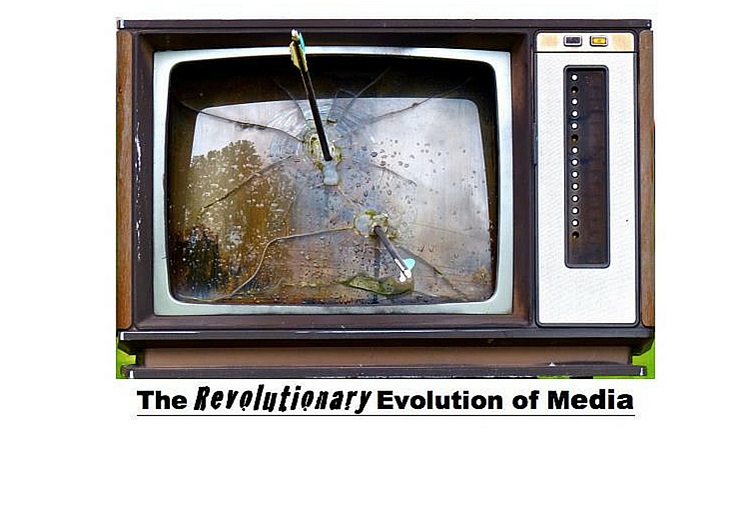TREotM: The History of Media Revenue Models Continued

Chapter 14, Part 2
The Revolutionary Evolution of the Media is a book in progress. Go here to read it from the beginning.
Once again monetization is the topic of the day. Why? Because history repeats itself. And that repetition is your single best bet for picking winning strategies.
Realistically speaking, there are only a few ways to monetize any medium. For centuries, patronage was the way. However, as the commercial world expanded and literacy become more common, barter economies gave way to monetary economies. War, of course, played a big part as well. But the key has always been money.
So, let’s take a short detour to look at a capsule account of the history of money. Barter naturally suffered from what is called “a coincidence of wants.” What I have might not be what you want; and vice versa. The result was the tendency of each growing civilization to land on a commodity that rather naturally satisfied both sides of any transaction. Some the so-called “intermediate commodities” used included wine, rum, rice, gold, silver and even cowry shells. Intermediate commodities shared a characteristic of shelf life (it didn’t perish) and regular demand (it wasn’t seasonal).
Coinage showed up between 700 and 500 BC and took a variety of shapes. Some were stamped, some hammered, some with holes (in India along the Ganges valley and on the Chinese plain; they could be strung together).
In 5th century BC Greece, the discovery of massive veins of silver – along with the discovery of a touchstone method of ascertaining the relative purity of metals – led to significant coinage of silver that was used to pay Athenian soldiers. The second big discovery led to a much bigger army.
Sparta, meanwhile, used iron coins to discourage “foreign” trade.
Gold as a monetary unit grew out of Asia Minor. The touchstone made the assaying universal allowing for a real medium of exchange … and it worked with gold, silver and copper.
Now, let’s fast forward for a close look at subscription revenues. We left off last week looking at some of the ways patrons financed some aspects of the beginning of monetizing media forms … performers, artists, writers, jesters and, quite seriously, religious and social workers.
The news – and the fact it really never ends – helped develop the concept of subscriptions. News was distributed originally via hand-carried letters and/or word of mouth by travelers. Nothing much was current, though, as we’ve seen before. The growth of better roads, postal services (private and governmental) and moveable type paved the way forward as the costs of providing regular news reports continued to drop. Charging minimal amounts for printed flyers or pamphlets allowed for the creation of newsagents and newsstands. Dropping distribution costs (via postal services instead of private couriers) made longer distance distribution possible.
Asking for small amounts for regular information created subscription models. Those models continue on a plethora of platforms today for news, information and entertainment. Despite flirtations with free newsletters via the Internet – many of which have devolved to teaser “clickbaits,” subscription models prevail for high value content.
Indeed, it wasn’t until Home Box Office debuted with a subscription model that premium movie sales took off over cable and then satellite. A large part of the demise of Blockbuster can be laid at the hands of the Netflix “all-you-can-eat” monthly subscription model … first by mail and then via broadband.
Even though the Internet wanted everything to be free for users, and even though advertising seemed to work for a while, nothing remains free for long. And that’s not just on the Internet. Subscription models are being re-introduced almost daily. Some ad-supported sites and subscription models are adding premium levels. Politico has added “Pro Politico” as paid insider newsletters. Hulu, an ad-supported on demand video system, has added a paid subscription version.
In almost any media venture, it is worth reviewing what’s worked before.
Next: We’ll begin touring media formats and discussing other monetization models.
Next week: Chapter 14, Part 3
The opinions and points of view expressed in this commentary are exclusively the views of the author and do not necessarily represent the views of MediaVillage/MyersBizNet management or associated bloggers.


